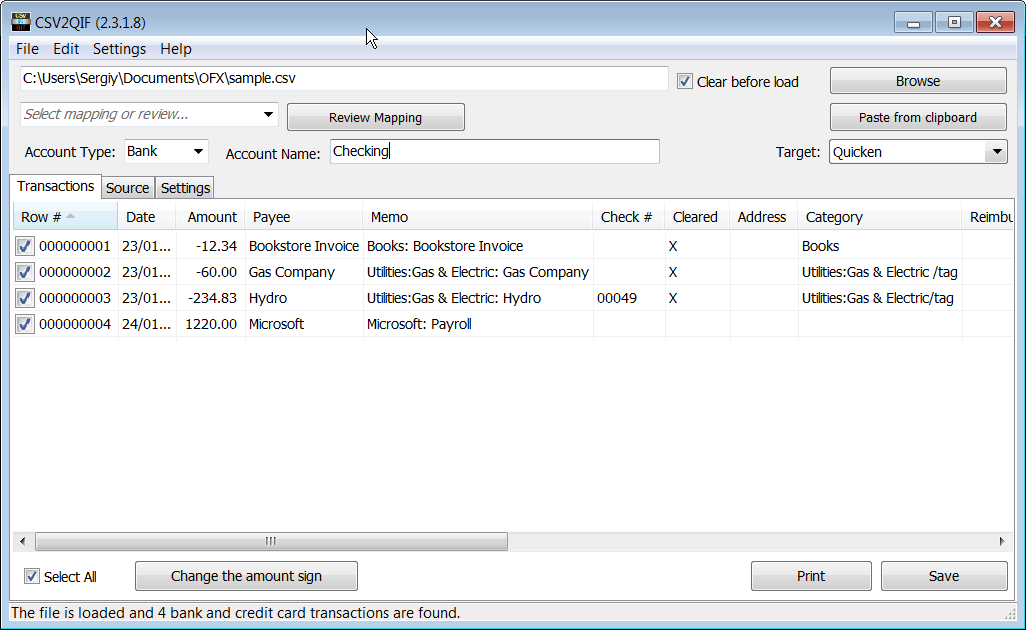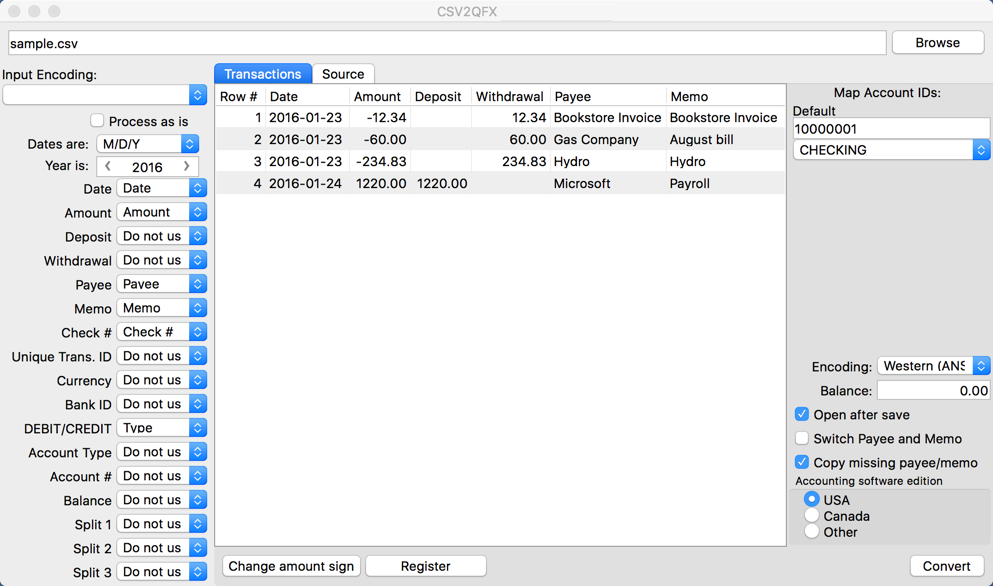
Third-party terms and additional fees may apply.


In the Include in Export list, select the items to include in the export.To export only those transactions that occurred during a specific interval of time, enter the beginning and ending dates of that time interval. In the Include Transactions in Dates field, enter the dates of transactions to export.Note: If you're exporting data only from lists and not exporting transactions, it doesn't matter which account you select here. In the Quicken Account to Export from list, select the account from which to export transactions.Enter a name in the File name field, and then click OK to return to the QIF Export window. Click Browse to select a different location.Quicken automatically adds the correct file extension. Enter a name for the export file at the end of the existing path (make sure there is a backslash \ before the file name).In the QIF File to Export to field, Quicken displays the preset path of the export file.Choose File menu > File Export > QIF file.Unless you need to transfer investment or business data, we recommend that you skip the steps below and use QXF export instead.

QIF is being replaced over time by Quicken's new QXF (Quicken Transfer Format) file format. QIF (Quicken Interchange Format) is a legacy file format that is used to transfer financial data between websites and applications.


 0 kommentar(er)
0 kommentar(er)
